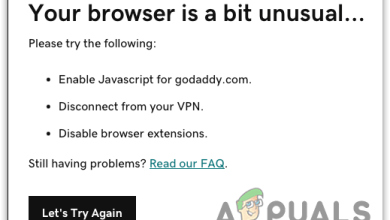11 Ways to Bypass “Your Connection is Not Private” Error
- The "Your Connection is Not Private" error in browsers signals issues with SSL certificate verification, hinting at potential security risks.
- Common fixes include refreshing the page, adjusting date and time settings, using incognito mode, clearing browser cache, and updating the operating system.
- Website owners should ensure their SSL certificates are valid and up-to-date to prevent this error for users.
Let’s say you saw a link to an article on Facebook and decided to open it but Google Chrome hits you with the “Your Connection is Not Private” error. Now you are sitting there all scared thinking why is my connection not private? Am I about to get hacked?
But worry not, to save users from cyber attacks, browsers can stop you from loading into websites that don’t meet their security standards. While the issue can be downright frustrating, this article explores 11 ways to bypass the “Your Connection is Not Private” error to get your surfing experience back on track!
Table of Contents
- What is The Your Connection is Not Private Error
- How Does The Error Look On Different Browsers
- How to Fix “Your Connection is Not Private” Error As a Visitor
- 1. Refresh The Page
- 2. Manually Proceed (Unsafe)
- 3. Use Incognito Mode
- 4. Set the Date and Time on Your Computer
- 5. Clear Browser Cache and Cookies
- 6. Delete Browser Extensions
- 7. Update Your Operating System
- 8. Use a Different Network
- 9. Disable VPN and Antivirus Temporarily
- 10. Change DNS
- 11. Clear the SSL State
- How to Fix “Your Connection Is Not Private” as a Website Owner
- Browsing the Internet Securely

What is The Your Connection is Not Private Error
The “your connection is not private” error message pops up when your browser fails to authenticate a website’s SSL (Secure Sockets Layer) certificate. In other words, your browser warns you that the website is unsafe to proceed and your personal information can be at risk.
This warning message is a security feature implemented in browsers like Chrome to protect your data when surfing online. When you access a website, your browser runs a check on the server’s digital certificates to ensure that the site is up to security standards.
If the browser detects a problem with the certificates, it will automatically stop you from accessing the website. Ignoring this warning message means that your data isn’t encrypted properly and login and payment information can get into the hands of hackers.
READ MORE: France Working on Blocking Websites Through Browsers ➜
How Does The Error Look On Different Browsers
Some browsers use simple messages to show the “your connection is not private” error message while others use codes and warning signs. Here are some examples of how this security message looks on different browsers like Chrome, Firefox, Edge, and Safari.

1. Google Chrome — Your connection is not private
When Google Chrome has an issue validating the website’s certificate, it will give you take you to a page titled “privacy error“. Here you’ll have an error message along with a caution to proceed and a set of codes. Depending on the exact issue, there are several different variations of the error code such as:
- ERR_SSL_PROTOCOL_ERROR
- NET::ERR_CERT_COMMON_NAME_INVALID
- ERR_CERT_DATE_INVALID
- NET::ERR_CERT_WEAK_SIGNATURE_ALGORITHM
- NET::ERR_CERT_AUTHORITY_INVALID
- ERR_CERTIFICATE_TRANSPARENCY_REQUIRED
- ERR_CERT_SYMANTEC_LEGACY
- NET::ERR_SSL_VERSION_OR_CIPHER_MISMATCH
READ MORE: How to turn off Windows efficiency mode for Google Chrome? ➜
2. Mozilla Firefox — Warning: Potential Security Risk Ahead
If you are using Firefox and come across this issue, the browser has everything you need to understand it right away. Firstly you have the usual error message next to a caution sign and some safety instructions. The best part is that Firefox also tells you that the issue is most probably not from your side and can only be fixed by the owner.

If you want even more info you can click on the Advanced button and you’ll have a quick rundown of security certificates and why the website you are trying to access doesn’t meet the security standards. Just like in Google, you also have an Error code indicating the issue, and right below it, you can also click on the View Certificate option to have a closer look at the details. Here are a few common error codes:
- MOZILLA_PKIX_ERROR_ADDITIONAL_POLICY_CONSTRAINT_FAILED
- SEC_ERROR_UNKNOWN_ISSUER
- SEC_ERROR_OCSP_INVALID_SIGNING_CERT
- SSL_ERROR_BAD_CERT_DOMAIN
- ERROR_SELF_SIGNED_CERT
- MOZILLA_PKIX_ERROR_MITM_DETECTED
- SEC_ERROR_EXPIRED_CERTIFICATE
- SEC_ERROR_EXPIRED_ISSUER_CERTIFICATE
READ MORE: How to Use Firefox to Translate Webpages Easily [Guide] ➜

3. Microsoft Edge — Your connection isn’t private
In Microsoft Edge, the error message is also accompanied by an error code right under it which can be any of the following:
- Error Code: 0
- NET::ERR_CERT_COMMON_NAME_INVALID
- DLG_FLAGS_SEC_CERT_CN_INVALID
- DLG_FLAGS_INVALID_CA
READ MORE: How to Disable Microsoft Edge Desktop Search Bar in Windows 10? ➜
4. Safari — Your connection is not secure
For Safari users, you will also get a similar message saying “Your connection is not secure” telling you that the website you are trying to visit may be impersonating the original one and can steal your data. Apart from that, you won’t see an error code, unlike all the other browsers.
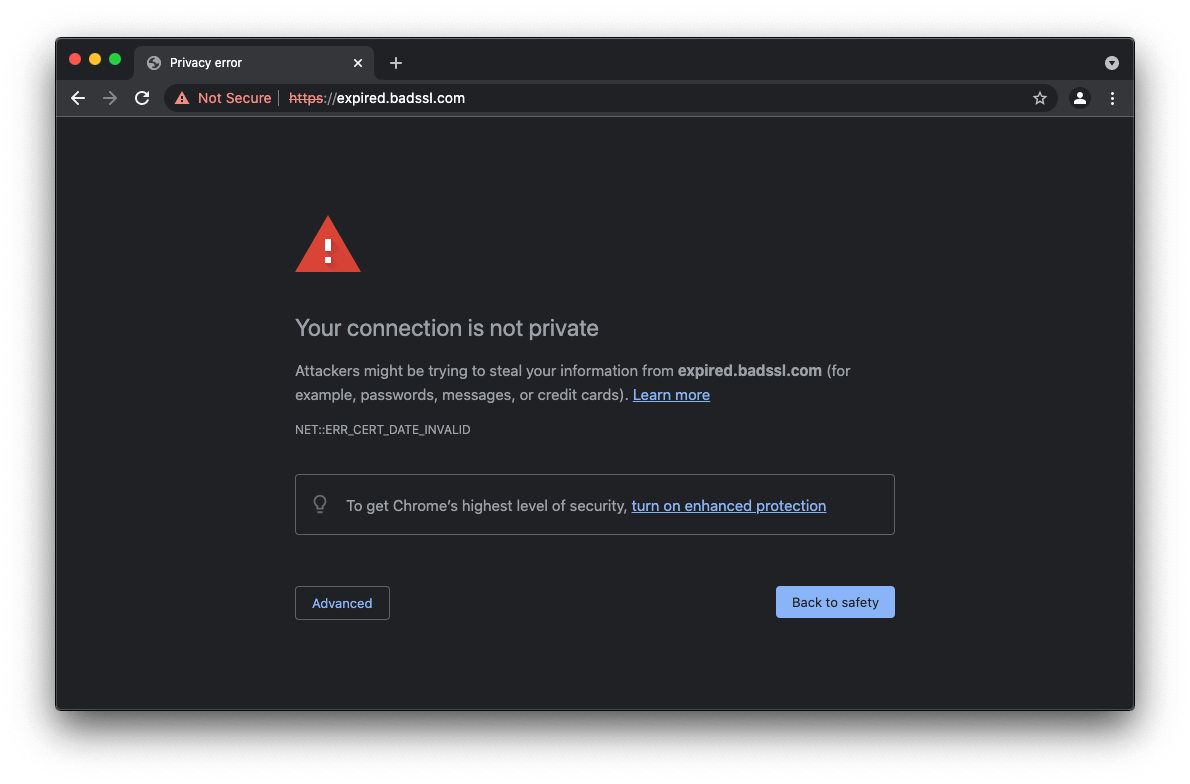
READ MORE: 6 Safari Settings you NEED to Know (Safari Tips & Tricks) ➜
How to Fix “Your Connection is Not Private” Error As a Visitor
While the “Your connection is not private” is there to protect you from harmful websites, it can sometimes be triggered by issues on maybe your end and not the site. This error can be traced back to two sides:
- Client-side errors mean that the issues lie in your system, internet, browser, etc.
- Server-side errors result from expired security certifications or other server-related issues.
If you are lucky, a simple refresh might get the website running for you. If not, you also have a few other extensive troubleshooting methods to work with.
1. Refresh The Page
One of the first things you should do when you come across the “your connection is not private” error is to give the page a quick refresh. Temporary issues such as server overload or a minor connectivity problem can be fixed by reloading the page.

READ MORE: Instagram Feed Not Refreshing? Here’s How to Fix it ➜
2. Manually Proceed (Unsafe)
Your second option is to manually proceed with the website and ignore all the warnings. However, we don’t recommend this unless you are a frequent visitor to the website and are aware that it can’t steal your data. If that’s not the case, we highly advise against opening the website this way as all your data will be open to hackers.
Browsers often show this message for a good reason and advise you against visiting them as your personal and payment information can be compromised. If you still want to reach your desired website no matter what, here’s how you can manually proceed:
- Once you are on the Privacy error page, click on the Advanced option.

Click on Advanced - From here, your browser will state its reason for blocking the website. Right below it, you will have the option to proceed to the website. Click on it and the website will open for you.

Proceed to the website (BE CAREFUL)
READ MORE: How to Delete A Bank Card from Amazon [Desktop + Mobile] ➜
3. Use Incognito Mode
If you don’t want to put your data at risk and want to fix the issue the right way, the next thing you can try is to use Incognito Mode. If the issue is from your side, then it should go away once you switch to Incognito as this mode doesn’t store browser extensions, history, cookies, or site data, which can interfere and stop you from accessing the website.
Here’s how to switch to the Incognito Mode:
- Open up the Chrome browser and click on three vertical dots in the top right corner.

Click on the three dots - From here, click on the New Incognito Mode option to open a private tab.

Select Incognito Mode - You should now have a private browsing window.

Incognito Mode should look like this
READ MORE: How to Create Google Chrome Incognito Mode Shortcut? ➜
4. Set the Date and Time on Your Computer
While this might sound a bit strange, misconfigured date and time settings can also cause the “your connection is not private” error message. This is because browsers rely on your system’s time and date to verify a certificate’s issue and expiration date.
↪ Windows (remaining)
If you are using a Windows operating system, here’s a step-by-step guide to fix your date and time:
- Click on the time in the bottom right-hand on your taskbar and hit the “Date and time settings” option.

Click on Date and time settings - Once you are in, you’ll need to turn on the “Set time automatically” and the “Set time zone automatically” option. This will update your time according to one of Microsoft’s NTP servers. If the time zone isn’t correct you can also manually choose the correct timezone.

Toggle on the automatic button for both options - Double-check the time to make sure it’s correct and try re-opening the browser and the site.
READ MORE: 5 Easy Ways to Fix the “libxess.dll” Error in Windows [2024] ➜
↪ Mac
If you are a Mac user, the steps to adjust the date and time are slightly different. Let’s have a quick look at them:
- Click on the Apple icon at the top left corner of the Finder bar and select the “System Settings” option.

Click on System Settings - Once that opens up, select the General tab from the side menu and click on the Date & Time option.

Click on Date & Time - Next, you’ll have the option to Set date and time automatically, click on the check box next to it.

Toggle it on - If the time is still incorrect, you can also manually adjust your date and time settings.

Manually adjust date and time - For the Time zone, you can also turn on the option to automatically adjust it or manually change the settings.

Automatically adjust time zone
READ MORE: How to Copy and Paste on a Mac in 3 Different Ways [2024] ➜
5. Clear Browser Cache and Cookies
While browsing online, your browser stores Cache data and Cookies on your computer which can sometimes interfere with secure connections. Cache helps improve load times by storing important resources of frequently visited websites. Meanwhile, cookies are your preferences, history, and login credentials.
However, outdated cache files and cookies can contain outdated or incorrect data about the website you are trying to visit, triggering the “your connection is not private” error. To ensure your browser is loading a fresh copy of the page, you’ll need to clear your browser cache and cookies by following these steps:
- Open up Google Chrome and click on the three vertical dots.

Click on the three dots - From the drop-down menu, click on the “Clear Browsing data” option.

Select clear browsing data - This will directly take you to the pop-up box where you’ll need to check all three options. Finally, click on the Clear data button to remove the selected data. By doing this, you’ll be signed out of most websites, site data will be cleared, and all your browsing history will also be removed.

Hit clear data
READ MORE: [How To] Clear Your Cache On Any Windows Browser ➜
6. Delete Browser Extensions
In addition to deleting your cache and cookies, we recommend deleting extensions as they can cause minor issues and bugs. To do that, follow these steps:
- Head over to the Extensions tab from the vertical dot menu and click on Manage Extensions.

Head over to Manage Extensions - From here, click on the Remove button to delete extensions.

Click on Remove
Repeat the process for extensions that you don’t use or third-party extensions that might prevent Chrome from establishing a secure connection. Once everything is cleared including cached data and cookies, restart your device and check if the issue is still there.
READ MORE: The Best Dark Mode Extensions For Browsers in 2024 ➜
7. Update Your Operating System
Another quick fix is to check whether your computer is updated to the latest version or not. If it’s not, updating it might fix the “your connection is not private” error as it can get rid of any bugs within your system.
↪ Windows
Windows regularly pushes new updates to improve performance and fix bugs and errors, here’s how to update your system:
- Head over to the settings app by searching for it or simply pressing the Windows + I keys.

Open up settings - Once that’s done, go to the Update & Security tab.

Click on Update & Security - Here, click on the Check for Updates option. If your computer shows an update, download it.
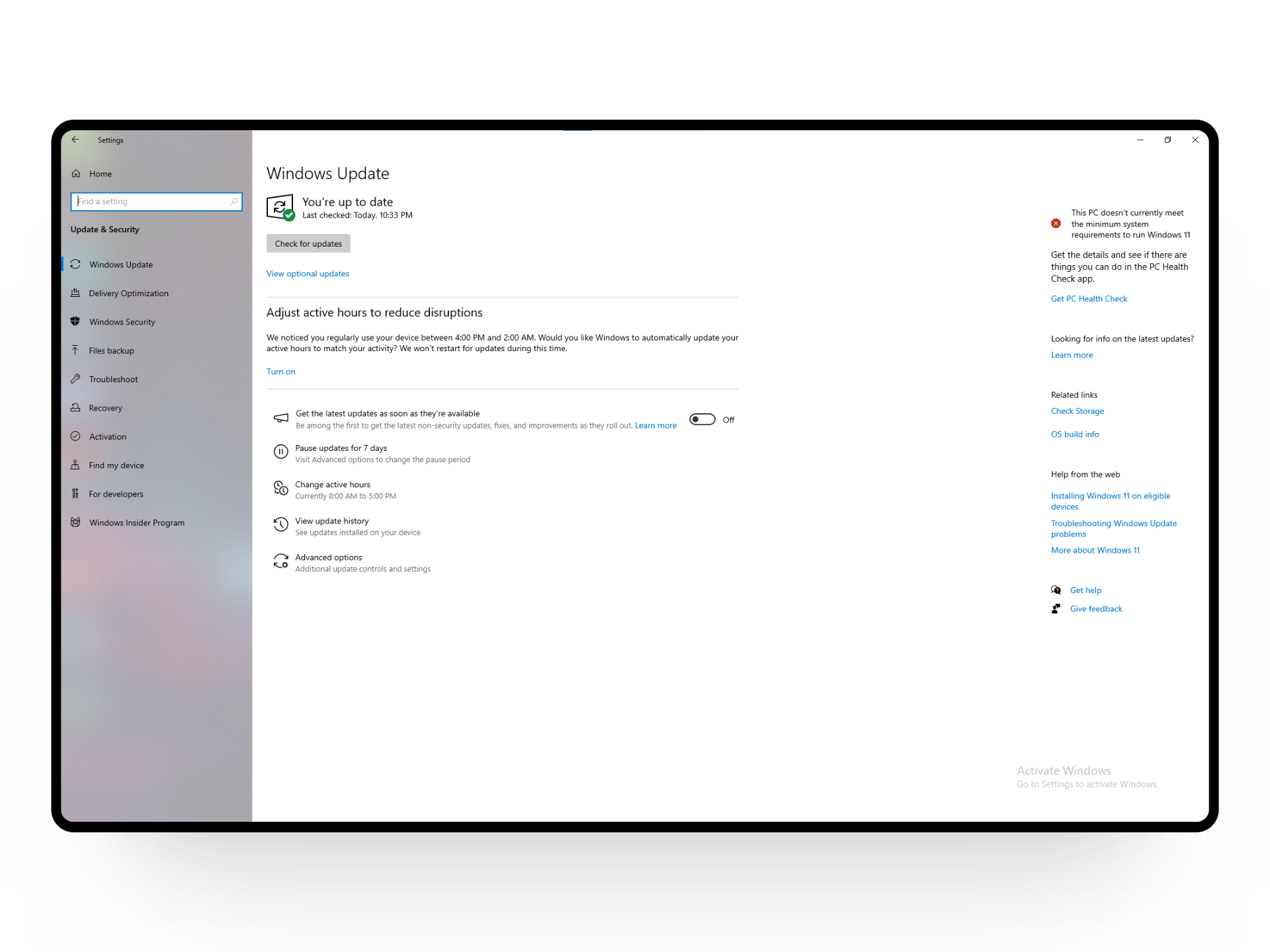
Install pending updates
READ MORE: How to Fix ‘Updates are underway’ Stuck Error in Windows? ➜
↪ Mac
If you are on a Mac, you can follow these steps to update your device to the latest version:
- Click on the Apple icon in the top left corner and select the System Settings option.

Select System Settings - Next, navigate to the General tab and click on Software Update.

Head to Software Update - Here, you’ll have the option to install pending updates if there are any.

Check for updates
READ MORE: How to Fix ‘Error Occurred while Installing the Selected Updates” on macOS ➜
8. Use a Different Network
Public Wi-Fi networks such as those in Cafes or Airports are often not as secure as you think. These public Wi-Fi connections use the HTTP protocol instead of HTTPS which means that your data is being transferred without encryption.
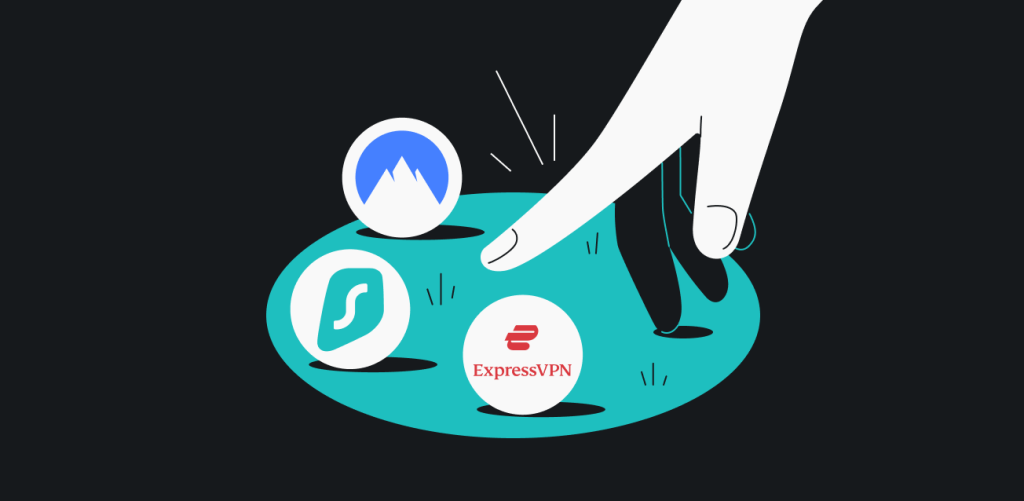
Instead, you can either switch to your Mobile Data or if that’s not possible you should add a layer of protection by using a VPN (Virtual Private Network). Using VPNs can encrypt your data, hide your IP address, and route traffic through different servers, making your device a difficult target for hackers. Even with a VPN, avoid entering sensitive information just to be safe.
READ MORE: What is Jitter? Decoding The Key to Faster Internet Speeds ➜
9. Disable VPN and Antivirus Temporarily
While VPNs and Antivirus software are great security measures, they can also make it complicated for Chrome to verify the SSL certificate, leading to errors. Hence, if you have them running, try temporarily disabling them and check if anything changes.
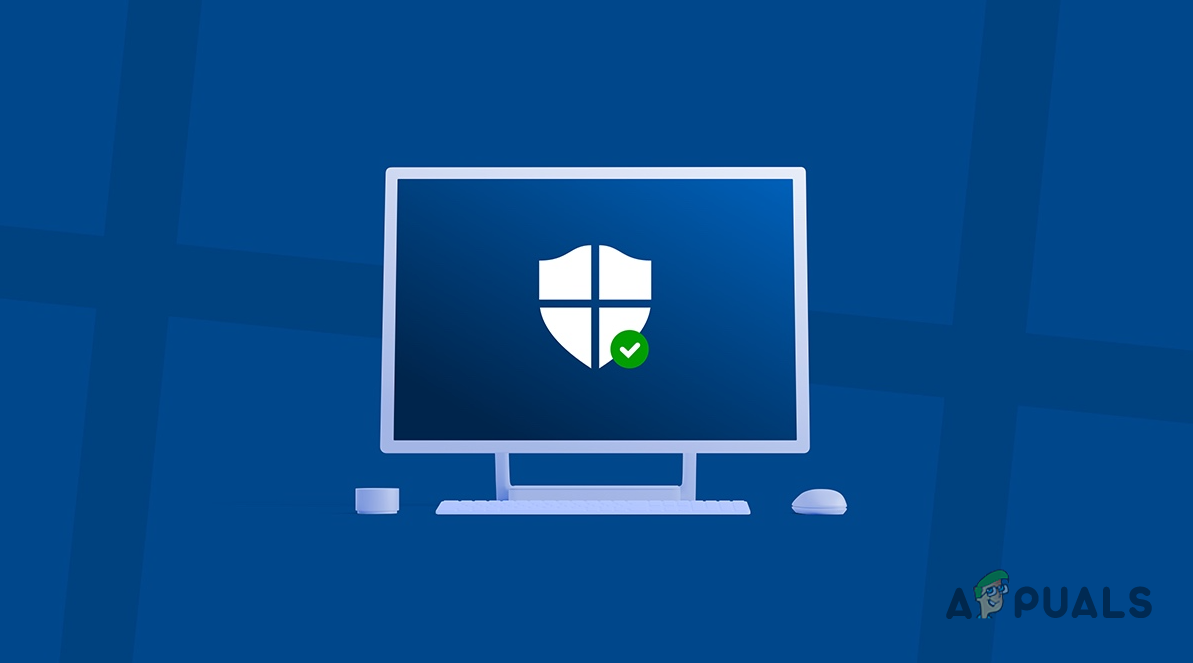
READ MORE: What is the Difference Between a Proxy and VPN?
10. Change DNS
If you’re still facing the same issue, another thing you can do is change your DNS servers. Sometimes, using Google’s Public DNS (8.8.8.8 and 8.8.4.4) or Cloudflare’s DNS (1.1.1.1 and 1.0.0.1) can cause the “your connection is not private” error. Switching back to your ISP’s DNS servers might help fix DNS errors, as Google and Cloudflare DNS services can have occasional issues.
Here’s how to change your DNS settings:
- Open up the Control Panel from the Windows search bar.

Go to Control Panel - From here, click on the Network and Internet option.

Select Network and Internet - Once you are in, click on the Network and Sharing Center.

Click on Network and Sharing Center - Next, click on the “Change adapter settings” from the side menu.

Change adapter settings - Here, select the Network you want to configure DNS settings for and open properties by right-clicking on it.

Select properties - Under the Networking tab, scroll down and select “Internet Protocol Version 4 (TCP/IPv4)” or “Internet Protocol Version 6 (TCP/IPv6).” Once selected, click on the Properties tab to open additional settings.

Select the protocol and hit properties - In the properties tab, check the “Obtain an IP address automatically option.” If you are using Google’s Public DNS or Cloudflare’s DNS, you might have to also remove it from there.

Select the first option
READ MORE: What is OpenDNS (vs Google DNS) & How to Use It in 2024 ➜
11. Clear the SSL State
If none of the above steps worked for you, one last thing left is to clear the SSL state on your computer. Clearing the SSL state is just like clearing your browser’s cache and can come in handy if things get out of sync. If you’re encountering problems with SSL certificates or secure connections in Chrome on a Windows system, clearing the SSL state might help. Here’s how you can do it:
- Head over to the Windows search bar and open up Internet Options.

Go to Internet Options - Next, click on the Content option for the list of tabs.

Head to the Content tab - Finally, click on the Clear SSL state option to clear the SSL states for all the websites you have visited. This means that you’ll have to re-enter login credentials wherever necessary.

Clear SSL State
READ MORE: How to Fix “SSL Error has occurred” on an iPhone? ➜
How to Fix “Your Connection Is Not Private” as a Website Owner
As the primary cause of this error is an invalid SSL certificate, website owners must grasp how crucial they are for fixing the error from their side. Let’s have a quick look at SSL certificates and how important is to keep an eye on them.
↪ Understanding SSL Certificates
An SSL certificate acts like a virtual ID card for your website, ensuring its identity and enabling secure communication between computers. It’s like a secret code that keeps data safe as it travels between two machines over the internet. Behind the scenes, a trusted Certificate Authority issues valid SSL certificates to users, ensuring information accuracy and boosting trust in encryption.

However, if your website is running on an expired or invalid SSL certificate, it can cause visitors to encounter errors like “Your connection is not private.” If that’s the case we recommend updating your SSL/TLS certificates by contacting your SSL or hosting provider. Additionally, make sure to implement HTTPS redirects on your website to direct all web traffic to a more secure protocol instead of HTTP.
READ MORE: What is SSL Checker and How to Use It? ➜
Browsing the Internet Securely
Getting hit in the face with errors when browsing the Internet is no fun. On top of that having to fix them can be difficult but we hope one of the following methods will help you resolve the “your connection is not private” issue. Conversely, if you are a website owner, make sure that your SSL certificate is up to date and correctly installed to prevent users from listing your website as unsafe.
FAQs
SSL (Secure Sockets Layer) and TLS (Transport Layer Security) are cryptographic protocols ensuring secure communication over networks. SSL, an older version, evolved into TLS due to security vulnerabilities. TLS offers enhanced security and performance compared to SSL, with versions including TLS 1.0, TLS 1.1, TLS 1.2, and TLS 1.3, widely used for safeguarding online data transmission.
Use Qualys’ free SSL Server Test by entering your website’s domain. It assesses SSL certificate authenticity and provides insights for potential problems. Aim for an A grade to ensure no issues.
In Google Chrome, you can easily check a website’s security status by looking for a padlock icon located to the left of the URL bar. If present, it indicates the website is secure.





